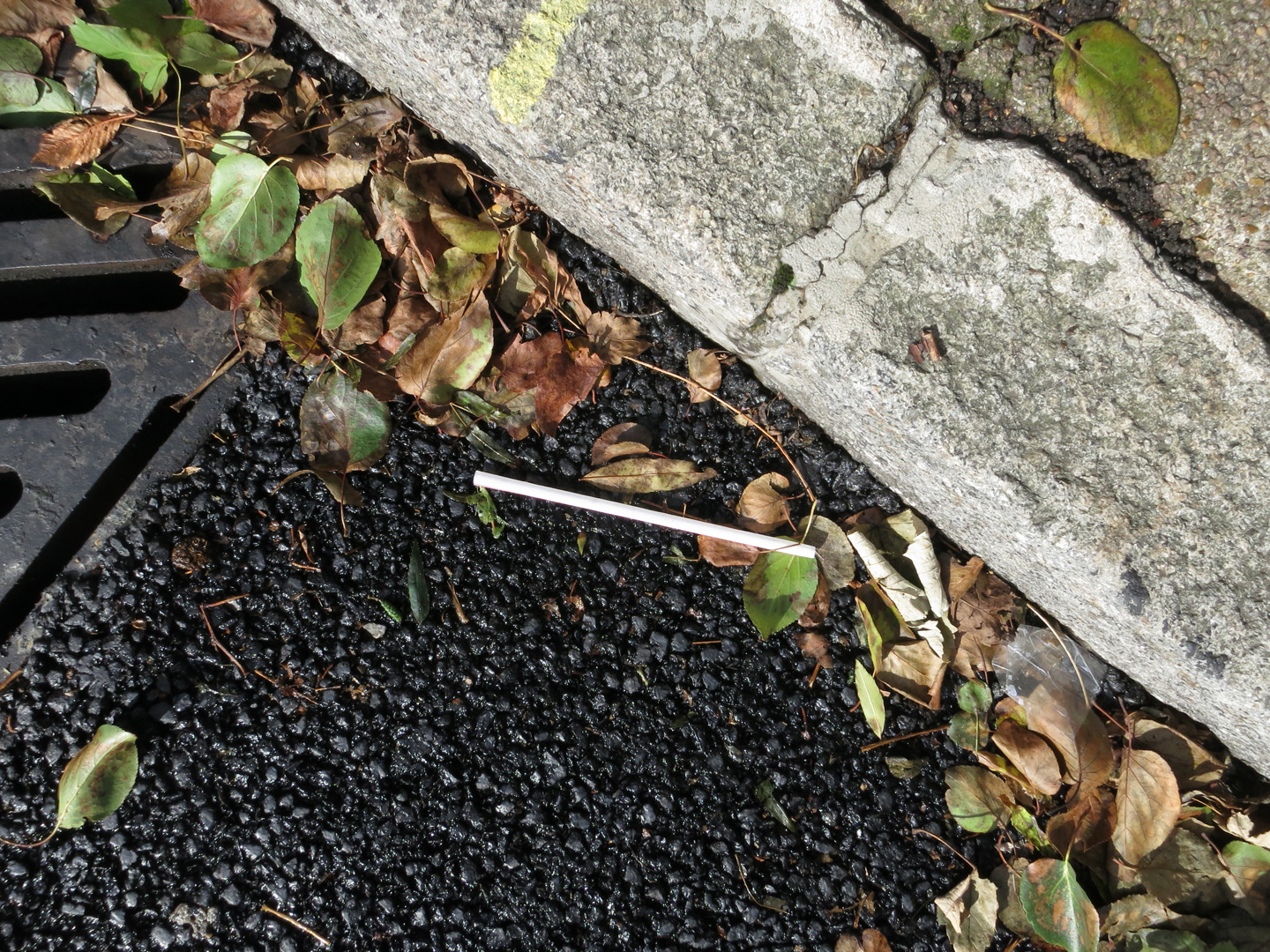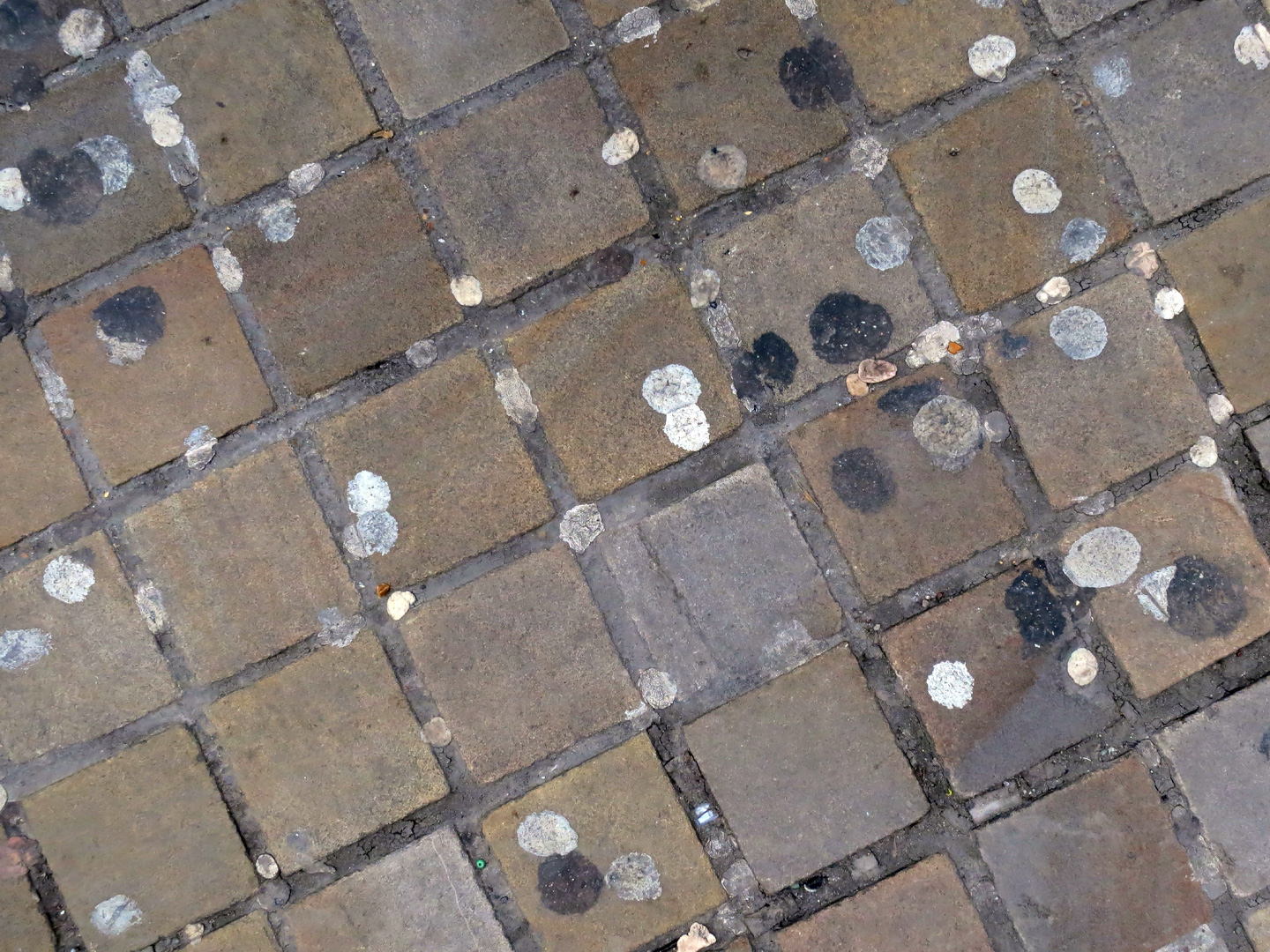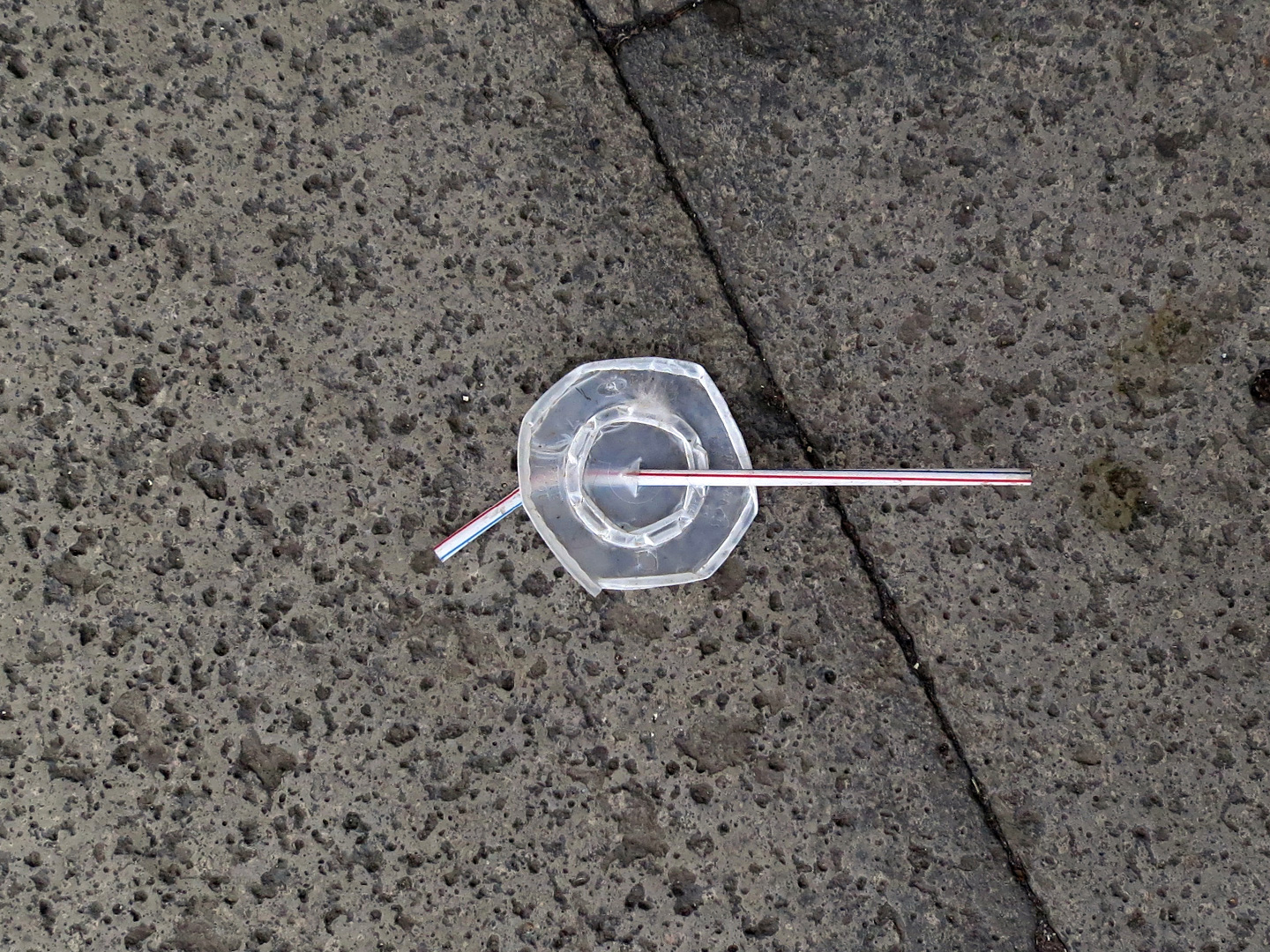On May 14, the San Francisco Museum of Modern Art reopened its doors for the first time since June 2013. Before they closed, the museum held a four-day-long marathon of being open continuously. In addition to the provocative lure of partying in the galleries at 3am, one of the biggest draws for attendees was seeing Christian Marclay’s The Clock (2010), a 24-hour-long film made of clips from innumerable movies that showed every minute of a day, synced to local time.
It was a hit in San Francisco, just as it’s been a hit in other cities. Long lines, lots of buzz, and for good reason: The Clock is fascinating. It’s fun to recognize the films included, delightful to have the feedback loop of wondering what time it is while you’re in the theater (then realizing you already know), and full of meaty theory around the concept of filmic representation.

Now, three years later, Marclay’s work is back in San Francisco. But instead of a blockbuster hit at SFMOMA, Marclay’s latest work, Six New Animations, is on view at Fraenkel Gallery — the much smaller venue that represents Marclay.
The animations on view each take a single mundane object as its visual topic. Don’t visit Fraenkel expecting the magnitude of The Clock. These are items Marclay saw and photographed during his daily walks in London: bottle caps, cigarettes, Q-tips, plastic lids and straws. All are photographed lying on sidewalks, among grass, in puddles, or against dirt, in formulaic compositions.
Playing with pace, scale, and positioning, Marclay edited the photographs to form visual explorations of the items one by one. These microcosmic meditations at times seem humble and occasionally dull. Even with Marclay’s clever editing, it’s hard to get jazzed about Q-tips (in the sweetly titled Cotton Buds) on sidewalks.
However, some of the animations are more enticing than others. Surprisingly charming is Chewing Gum, which takes the most trodden upon and viscerally unappealing object in the series and gives it a playful boost. Through Marclay’s reframing lens, the squished-down gum pieces become cells merging together or dividing; a single bouncing ball moving across a plane; or a Busby Berkeley-style synchronized dance number of gum spots frolicking together.

Cigarettes, however, falls short of compelling. The butt seems to move through its own life cycles, but there’s a simplicity to this animation that feels too obvious, or even naïve, in its examination of the item in question.
Unexpectedly, Marclay puts an even more dismissible object to good work: Bottle Caps uses the medium of animation to create something more intriguing than the item itself. The initial shots flash through different brands of bottle caps, all at the same scale and size. As the animation speed picks up and slows down, Marclay eventually increases the size of the bottle caps, which quickly become enormous in the frame. There’s pleasure in being visually overwhelmed by such a tiny object through something as simple as editing.
Lids and Straws (One Minute) and Straws similarly play with the formal qualities of their subject matter. In the former, a multitude of straws still trapped by their plastic lids becomes a 360-degree radial, vibrantly changing colors and shapes as it transverses around the dial. In the latter, the thin tubes tick frenetically back and forth like a metronome, keeping its own odd time.
Throughout the works, subtle themes emerge: most obviously, littering, disposable plastic, and trash. There’s no heavy-handed political or environmental call to action here, but the volume of the debris — tiny as each item might be — is unavoidable. Plastic’s defiant refusal to biodegrade is clear, as is the ubiquity of such items.

Alongside the reference to throw-away culture, an even more gentle current emerges — one of human narratives. Each of these items came from a person who drank a soda, smoked a cigarette, or perhaps cleaned out their ears before tossing their litter onto the street.
No particular idea rises to the fore in Marclay’s animations, which can be frustrating, and makes the works dismissible as overly vague. At the same time, there’s something to be said for ambiguity. In a manner perhaps parallel to Marclay’s meanderings through London, Six New Animations displays a restlessness mixed with pure visual curiosity.
The works as a whole feel intimate, despite their connection to public space and a culture of consumption. One frame in Lids and Straws gives way to the personal quality of the series, when Marclay’s body is reflected in a puddle of water. Though brief, the experience of seeing a human’s presence among the documentary photographs illuminates the animations’ creation. Marclay’s process of taking a walk, looking down at the mundane items around him — an act that is both private and public — echoes the objects of his focus, littered items stemming from both individual narratives and mass production.
Six New Animations is on view at Fraenkel Gallery in San Francisco through June 25. For more information, visit fraenkelgallery.com.